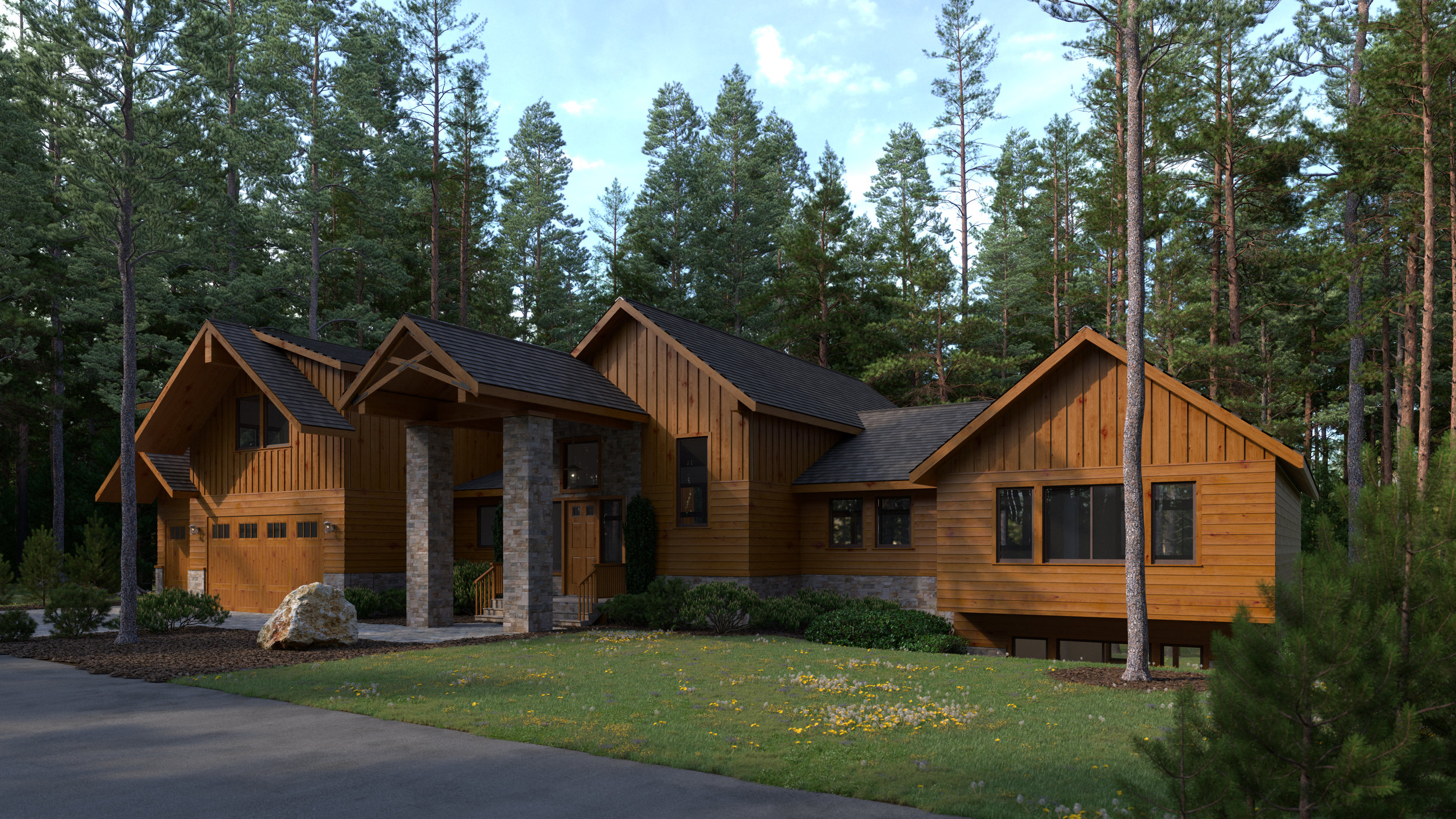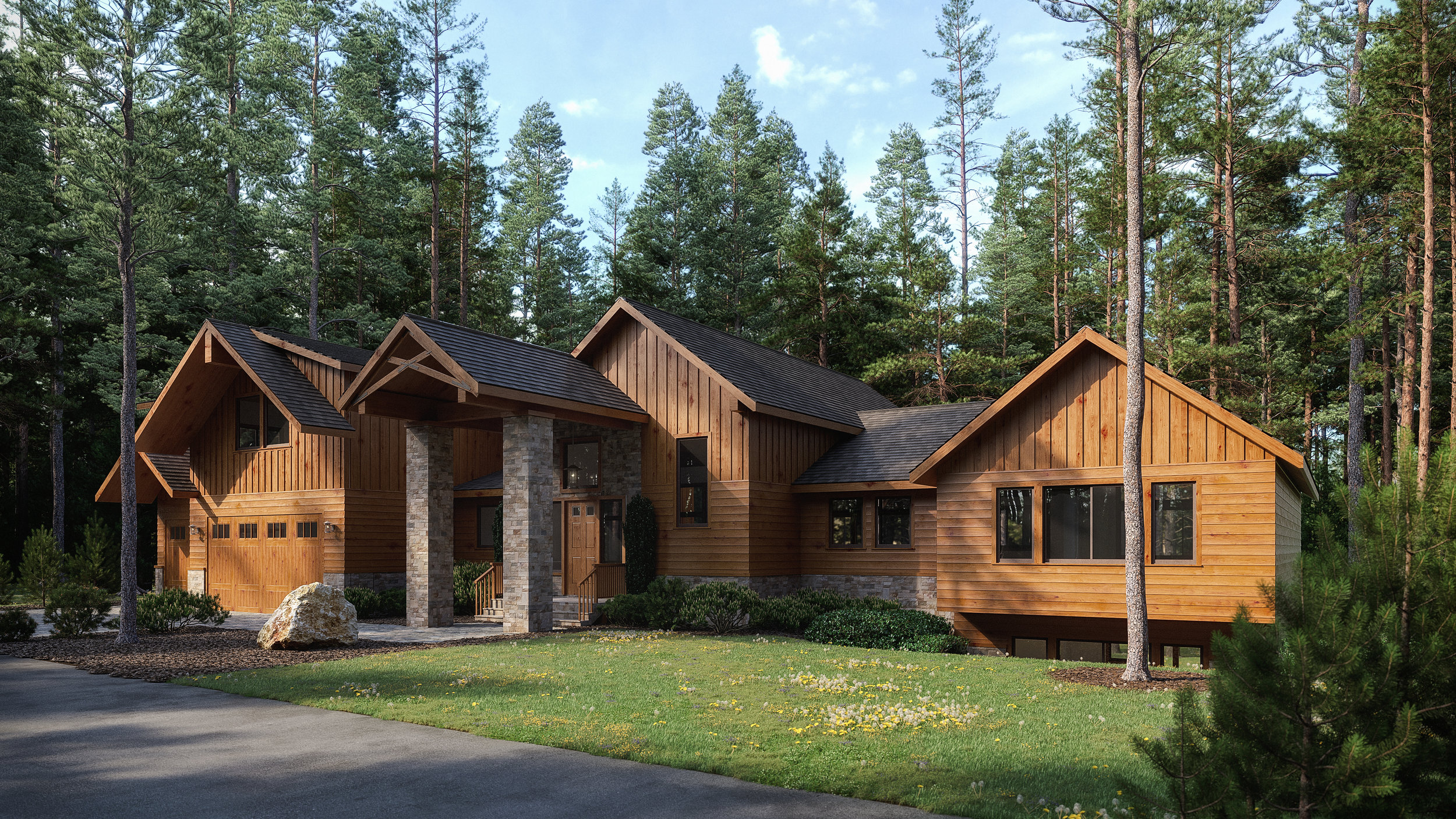Post-Production Rendering
When I first went digital I was very impressed with several digital artists. After inquiring, one reason their work was better was their understanding of light, shadow, and composition. However, the biggest difference was their post-production skills. The reason for this is, it is their eye that makes their work special. There isn’t a single workflow check list to go down, so it isn’t something you can just share; each project is very different.
Look, step back, squint your eyes, and flipping your image are all tricks of the trade. Add color, remove color, play with increasing or decreasing brightness are key.
The first thing I am usually asked is what render engine do I use? They ask because they think it matters, it doesn’t. Yes, some are faster and they might have different features, but none can take the place of the artist eye.
Below you’ll see the RAW render (straight out of the render engine) and then the final color-graded post-production image below. The first one is what you’ll usually get from your typical rendering service, If they are good with light, shadow, and composition it might be okay. The second one is why you hire someone who is an artist.
When I first started applying post-production techniques to my architectural renderings, it wasn’t my favorite part of my workflow. Actually, I didn’t enjoy it at all. No matter how hard I worked, my images never looked as good as the people I inspired to be as good as. Today, it is probably my favorite part of my workflow. Hopefully I can inspire others to go that extra mile to learn what makes an image good art and not just technically okay.
Did you enjoy this article? I would love to hear your thoughts, so don’t be shy and comment below! Please don’t forget to subscribe to my RSS-feed or follow my feed on Twitter, Google+ and Facebook! If you enjoyed the following article we humbly ask you to comment and help us spread the word! Or, if you would like, drop me an email.



